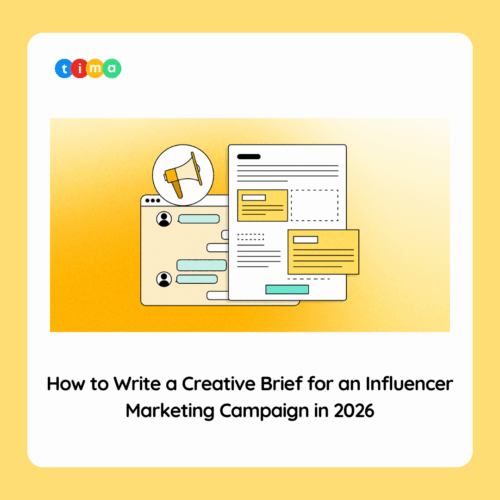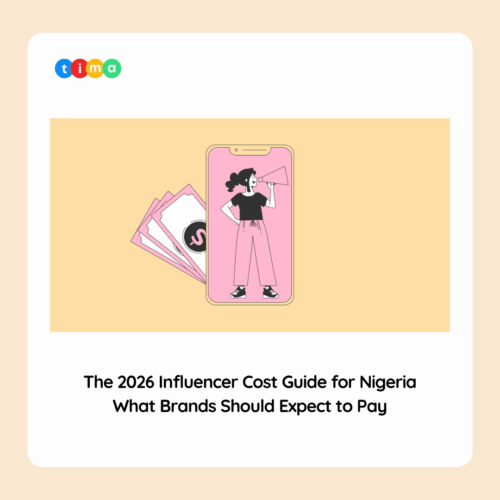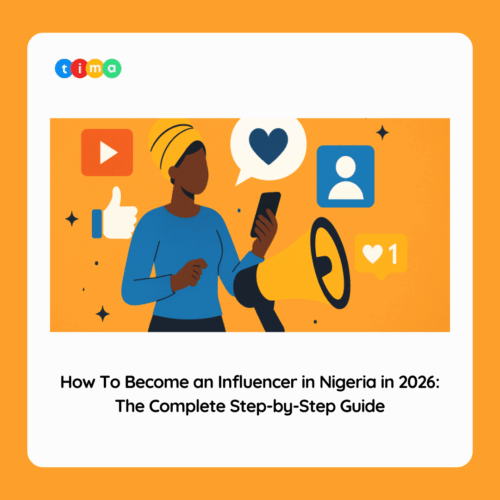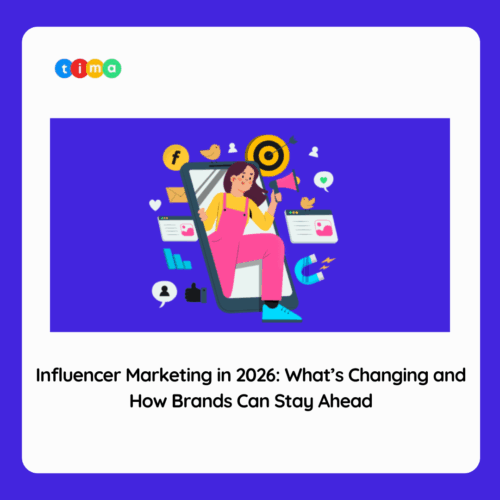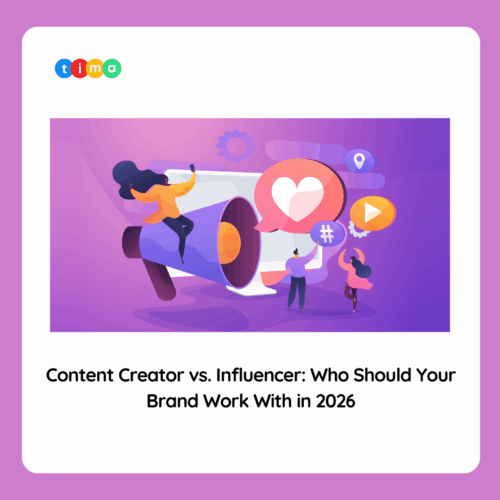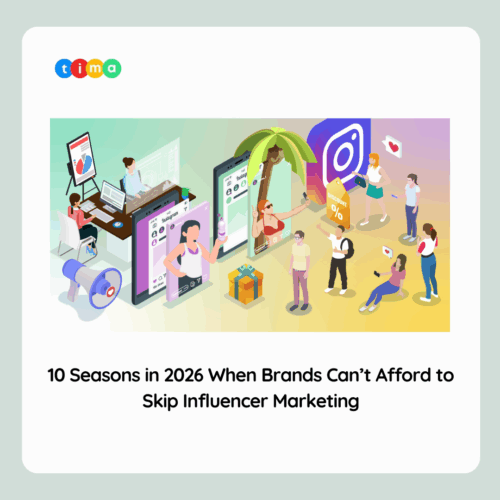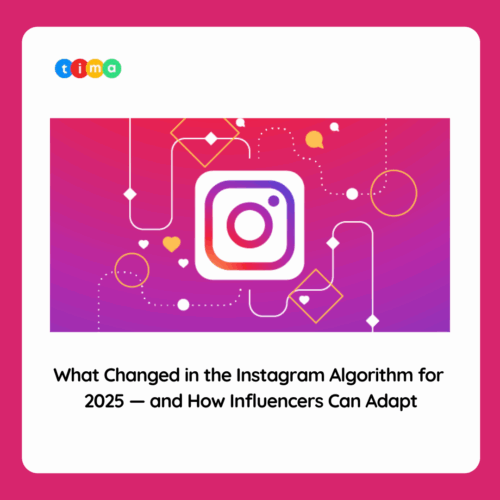In this recent age, content creation has evolved into a powerful tool that transcends mere information sharing. It has become an art form that involves understanding your audience’s needs, interests, and values. Storytelling, a time-honored tradition, has emerged as a crucial aspect of content creation, offering creators a means to produce relatable, authentic, and emotionally engaging content that resonates with their audience. In this article, we will delve into the art of storytelling for content creators, offering insights and tips on how to upscale your content creation game.
Understanding the Art of Storytelling in Content Creation
At the heart of successful content creation lies the art of storytelling. It’s not just about relaying information; it’s about creating a connection, sparking emotions, and leaving a lasting impression. To excel in content creation, it’s essential to understand the intricacies of storytelling and how it can elevate your content to new heights.

Aligning Your Story with Brand Values and Messaging
Every successful content creator knows that their content is a reflection of not only themselves but also the brand or message they represent. Aligning your story with the brand’s values and messaging is crucial for creating a strong and coherent connection with your audience. This alignment ensures that your content not only entertains but also reinforces the brand’s identity.
For instance, if your brand values authenticity, your storytelling should focus on real-life experiences and genuine emotions. If your brand promotes innovation, your stories should incorporate cutting-edge concepts and ideas. The key is to integrate your storytelling seamlessly into your brand’s mission, vision, and values.
Crafting a Compelling Narrative
A compelling narrative is the backbone of any great story. It involves creating a clear and concise message or theme that guides your content. To do this effectively, consider employing various storytelling techniques such as foreshadowing, suspense, and surprise. These techniques keep your audience engaged and eager to discover what happens next.
Moreover, the use of sensory details is a game-changer in making your story more immersive. By appealing to the senses, you transport your audience to a specific time and place, allowing them to experience the story on a deeper level. This level of immersion ensures that your content leaves a lasting impression.
Character Development
Memorable characters are a cornerstone of effective storytelling. Whether you’re creating content for a personal blog or representing a brand, the characters in your story must be relatable and well-developed. Your audience should feel a connection to these characters, empathizing with their struggles and triumphs. Character development is the key to building these connections. Give your characters depth, aspirations, and flaws. The more authentic and relatable your characters are, the more they will resonate with your audience.

Conflict: The Engine of Engagement
Conflict is a powerful tool in storytelling. It creates tension and engagement, driving your audience’s interest in the story. Conflict can take many forms, from personal struggles to external challenges. The key is to make the conflict relatable to your audience, ensuring that they invest emotionally in the outcome. By introducing obstacles and hurdles, you provide your audience with a reason to keep consuming your content. They want to see how the conflict is resolved, and this keeps them engaged from start to finish.
Emotional Appeal
Emotions are at the core of compelling stories. To make a stronger connection with your audience, tap into their emotions. Whether it’s through humor, empathy, nostalgia, or inspiration, evoking emotions in your storytelling helps you create a deeper bond with your audience. Identify the emotions that align with your content and your audience’s interests, and infuse them into your storytelling. This emotional appeal will help your content stand out in a sea of information.
Creating a Story Arc for Engaging Content
Crafting a compelling narrative is just the beginning. To keep your audience engaged from start to finish, you need to create a story arc. A story arc is a framework that defines the desired message or goal of your content and guides the storytelling process.
- Defining Your Message or Goal
Before you embark on your content creation journey, it’s essential to define your message or goal. What do you want your audience to take away from your content? What action or thought do you want to inspire in them? This clarity will serve as the North Star that guides your storytelling. - Creating a Compelling Narrative
With your message or goal in mind, it’s time to build your narrative. This is where you apply the storytelling techniques we discussed earlier: character development, conflict, sensory details, and emotional appeal. Weave these elements into your content to craft a story that keeps your audience captivated. - Presenting the Story for Action
Storytelling is not just about entertainment; it’s about inspiring action. Once your narrative is in place, present it in a way that encourages your audience to take the desired action. Whether it’s sharing your content, making a purchase, or subscribing to your channel, your storytelling should lead to a clear call to action.

Measuring the Impact of Storytelling on Content Creation
Creating engaging content through storytelling is a powerful strategy, but it’s essential to measure its impact on your content marketing efforts. Tracking relevant metrics will help you gauge the effectiveness of your storytelling and make necessary adjustments.
- Engagement
Engagement metrics, such as likes, shares, comments, and time spent on your content, are indicative of how well your storytelling resonates with your audience. An increase in these metrics signifies that your storytelling is striking a chord with your viewers. - Conversion Rate
The conversion rate measures how effectively your storytelling leads to the desired action. Whether it’s encouraging product purchases or getting more subscribers, a higher conversion rate indicates that your storytelling is compelling enough to inspire action. - Reach
The reach of your content reflects how many people are exposed to your storytelling. An increase in reach indicates that your content is spreading and attracting a broader audience, which is often a sign of effective storytelling. - Specific Goals
Your specific goals, whether they involve increasing website traffic, newsletter sign-ups, or any other KPIs, are crucial to track. If your storytelling leads to the accomplishment of these goals, it’s a clear sign that your content creation strategy is on the right track.
Conclusion
Mastering the art of storytelling in content creation is a journey of self-discovery and creativity. It’s about understanding your audience, aligning your story with brand values, crafting compelling narratives, developing relatable characters, incorporating conflict and emotional appeal, and creating a story arc that leads to action. By measuring the impact of your storytelling through relevant metrics, you can fine-tune your content creation game and create engaging, impactful content that resonates with your audience and inspires them to take action. To stand out in the competitive space of content creation, storytelling is the key, and with the right techniques and dedication, you can upscale your content game and leave a lasting mark in the world of social media.


